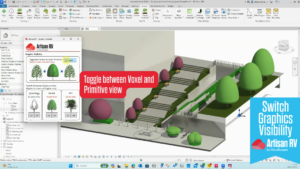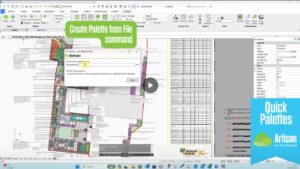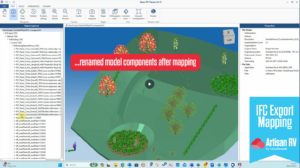Our third and final instalment in our series of BIM articles gets straight to the point and serves up what we’re calling ‘The Real Perspective’.
From the hurdles that exist with integrating BIM, to the benefits and time it takes to get it right, we’ll cover every base to provide you with a rounded perspective on BIM integration.
The real perspective
It’s clear that BIM is important, but adopting it comes with a few challenges and is harder than it may seem.
We’re not trying to discourage you from making the move to BIM – quite the opposite – but we want to give you a real perspective on what it takes and how long you should expect to wait in order to see results in your landscape architecture practice.
It might take you more than a year to get it right, but the effort and hard work needed to make it work for you will really pay off in the long run. BIM is certainly not an exception when we talk about the time it takes to take off.
Whether you’re a solo practitioner or part of a larger organisation, you want to make sure that you dedicate some time to experiment on your own. The first step is to choose what is called the BIM authoring platform. That is the place where you create your enriched 3D models. Then you want to look for landscape architecture software that is 100% integrated with your authoring platform.
There are some key features you should evaluate before choosing your BIM-ready landscape architecture platform. You want to know that whatever platform you’re investing in, can do everything you need it to do. This could include:
Producing surface-adaptable fencing
Ability to create flexible terrain modelling
Ability to create data-enriched 3D models
Producing planting specifications
Producing parametric scheduling
Ability to deliver concept planting
The rewards of using BIM
During the first three months, there’s a chance that you will start to see some experimental outcomes from your BIM adoption. At that stage, you may end up with more doubts than answers. Do not worry, that’s completely normal.
A recommendation here is that you document the time you spend with the old 2D technology and keep track of the activities with your new BIM solutions in order to make comparisons.
Along the way, you will begin to notice how your workflow is being optimised; how the design intent goes from unclear to defined; how the hidden interferences between building elements and landscape come to light; and how more relevant information appears to help you understand and share the importance of a BIM-oriented approach in landscape architecture and construction in general.
Your journey with BIM will make you stronger as you come across problems you didn’t expect to face. The trick is to be patient enough to work through any hurdles in order to reach a new level of resourcefulness.
Nobody said it would be easy or quick to reach the top. It will require a creative mind and a willingness to keep moving forward. But if you can apply these skills and persevere, then you will benefit from a well-structured argument to discuss the importance of BIM and the benefits it adds to not only the building industry, but to your specific practice.
To find out more about our range of landscape design software and how it integrates seamlessly with BIM, visit http://20.162.234.125/.








